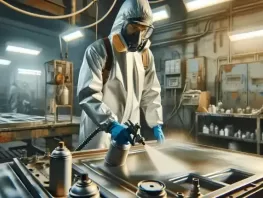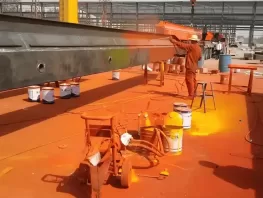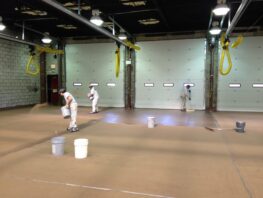
Considerations When Painting Manufacturing Equipment
Posted Mar 01, 2021 by Dave Scaturro

Similar to floors and exterior building surfaces, manufacturing equipment and machinery can benefit from the application of a durable, high-quality, paint coating system. These major benefits include:
- Protection from corrosion, damage, dirt, grease, and harsh chemicals
- Increased longevity of manufacturing equipment lifecycle
- A fresh, high-quality paint job simply looks better and cleaner
Painting or repainting manufacturing equipment and machinery is a vast and important undertaking. Not to worry, here are a few considerations to keep in mind when Alpine Painting is on the project.
Site preparation
Like all painting projects, site preparation prior to the painting of equipment is critical for overall site safety and cleanliness. Site preparation typically involves tenting off areas to contain overspray, masking parts of equipment that need to be kept paint free, and setting up ventilation systems to mitigate fumes. Manufacturing staff may need to vacate areas of a facility in which equipment is being painted. All of this preparation would be mapped out by Alpine's project management team in advance and factored into any planned down time.
Cleaning and sandblasting
To ensure the proper adhesion and curing of the new paint job, equipment will first have be cleaned to remove excess dirt, debris and grease as well as stripped of loose paint. Traditionally, our methods of surface preparation involve a combination of cleaning solvents and sandblasting. Not all projects are alike however, and to accommodate these scenarios, Alpine Painting is equipped to prepare equipment surfaces for painting by blasting with dry ice as an alternative.
Painting process
Once site preparation is completed, our team begins to paint. Most industrial painting projects will call for a two component urethane paint which consists of a combination of a paint base and a hardening agent. Rather than simply drying, urethane paints cure and harden via chemical reaction and in so doing create a protective surface coating that is extremely durable, will not soften and wrinkle, and is exceptionally corrosion resistant.
To evenly apply paint to intricate equipment parts, electrostatic painting may be the best application method. Electrostatic painting involves a specialized sprayer that imparts a negative electrical charge onto paint droplets as they pass through the nozzle. This electrically charged paint will seek the most efficient path to ground which will inevitably be the manufacturing equipment being painted. This method not only reduces overspray but it is also ideal for evenly painting traditionally difficult areas such as the insides of manufacturing tubes.
Downtime
The final consideration when painting manufacturing equipment is downtime. We know, it's an ugly word. Our team has a strong record of always doing our best to minimize the impact a painting project will have on an operation. It is however, inevitable that a given piece of manufacturing machinery will have to go offline during preparation, painting, and cure time. The exact amount of required downtime for a given piece of equipment will vary depending on its size and intricacy as well as on the amount of prep work required. Our project management team will have accounted for any downtime at the start of the project.
If the manufacturing equipment you rely on to keep your business running needs a new coat of paint, call on the experts here at Alpine Painting. Requesting an estimate has never been easier. Simply click the request an estimate below, insert any photos of the equipment, and additional information.
